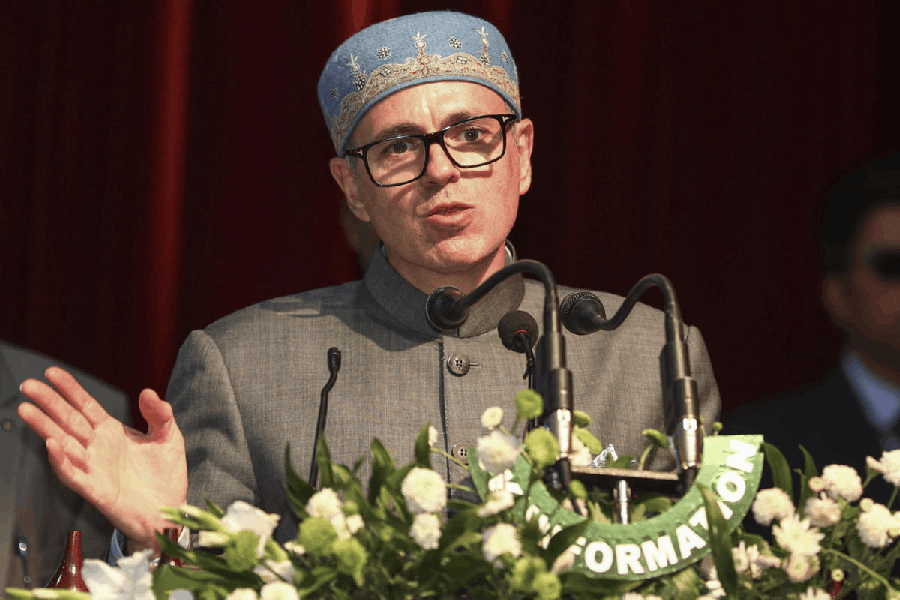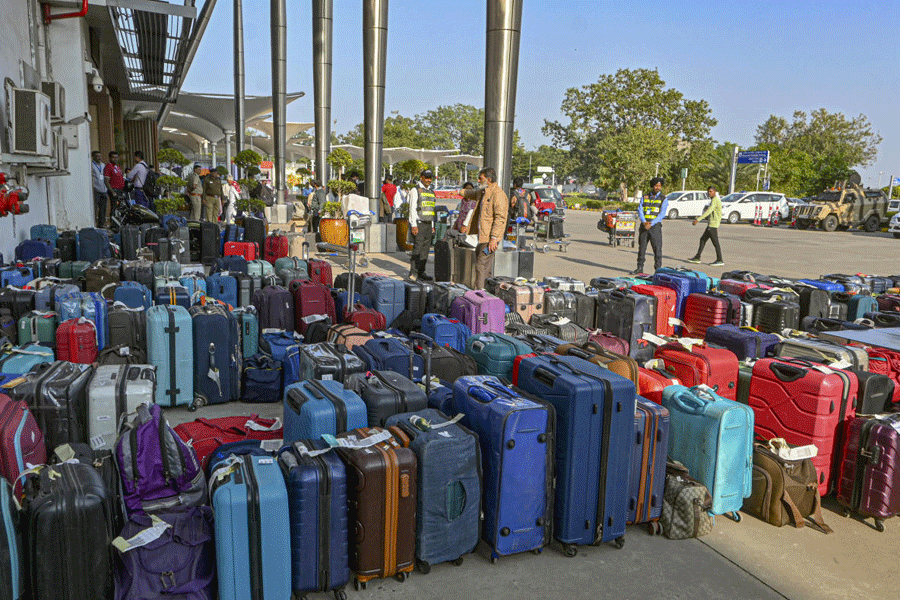There is a magic around someone who is ‘cool’. Especially for young people. They just ‘know’ who is cool, and who is ‘hot’, although occasionally the temperatures get mixed up. Both are magical, elusive qualities. (English-language crime stories, of course, use ‘hot’ in a very uncomplimentary way). It is not easy to think that ‘cool’ can be pinned down, analysed, categorised and shown in bits and pieces. A recent study has done just that though. With 6,000 subjects across 12 countries. It has found six common characteristics associated with cool. Cool people are perceived to be extroverted, hedonistic, powerful, adventurous, open and autonomous. This is an unusual study, but the question is, does this retain the magic of cool? It is somewhat like the revelation of the tricks of a successful conjurer and equally disappointing. Besides, are not extroverted and open similar characteristics? And what does powerful mean?
The study was conducted across all age groups, genders, education and income levels. But it became skewed towards the young, 30 years of age or younger. Coolness is geared towards adolescence. Popular children in school tend to be dominant, visible and like to draw attention. This is the training ground for the cool young person, who aims at becoming trendy and capable. The filter in the study was the understanding of the word, ‘cool’, in English, without translation. That was the biggest surprise for the researchers. Apparently the word is understood everywhere, it is a global ideal. Derived from prosperous countries in the West, especially the United States of America, it has spread with other cultural content among aspiring young people elsewhere. Participants had to compare ‘cool’ with ‘good’. Although the common characteristic was ‘capable’, good people are evidently less exciting. While cool is positive — people want to ‘become’ cool, emulating their idols — good people are just there — conventional, secure, warm, agreeable, equally respectful towards all, conscientious, calm. They are kind and helpful, which, apparently cool people are not. In short, dull, perhaps uneventful. No wonder Coleridge did not finish his poem, “Christabel”; he probably found his perfectly good heroine impossible to continue with.
What the study cannot say is how the concept of ‘cool’ functions in cultures where some other expression is used. For example, among the less privileged young men on the streets of Calcutta. The golden-hearted unemployed young person, Robin Hood-like in his actions, is a favourite character in Bengali fiction. Are they ‘cool’? Risk-taking is one marker of the cool guy. That may cause social maladjustment later for young people in the prosperous countries, but what about the already maladjusted because of economic circumstances? Coolness pays the leaders of groups whether in schools and colleges or on the street or even in business. Sadly enough, experts in the West feel that ‘cool’ is not an ideal worth pursuing. Its consequences are grey. In this age
of social media display, can ‘good’ compete though?










